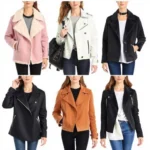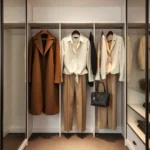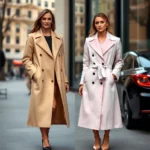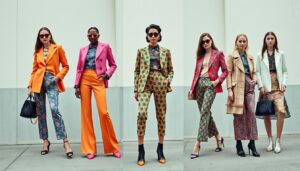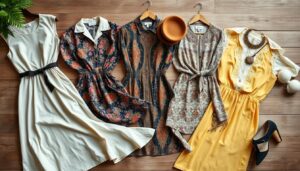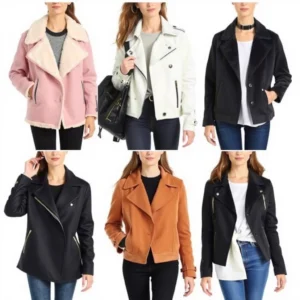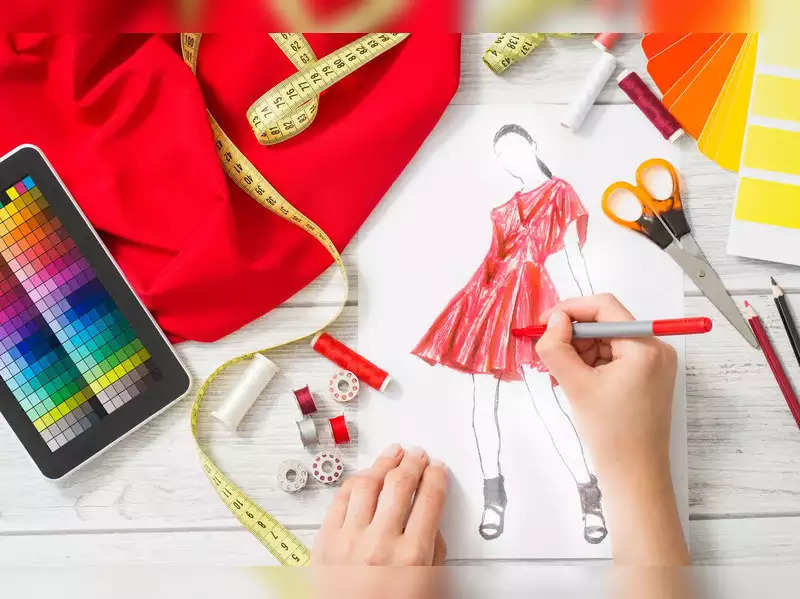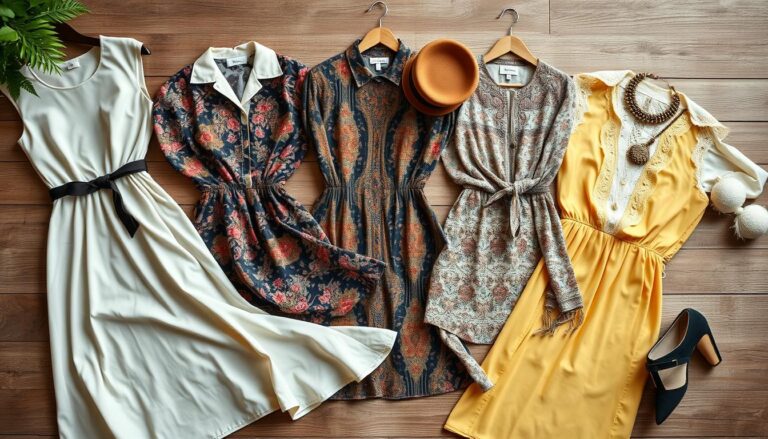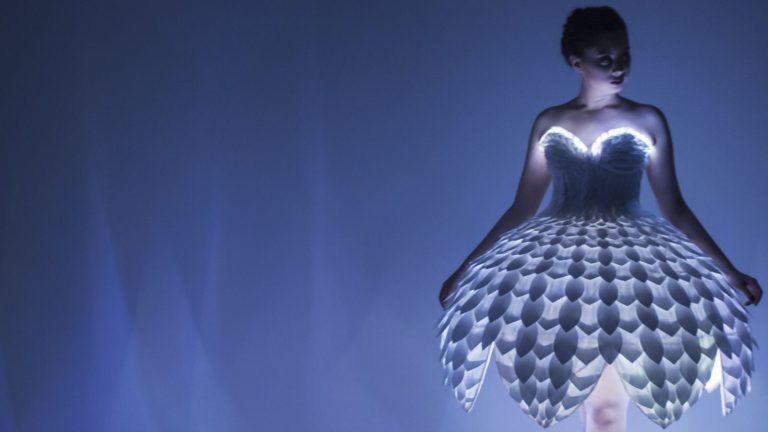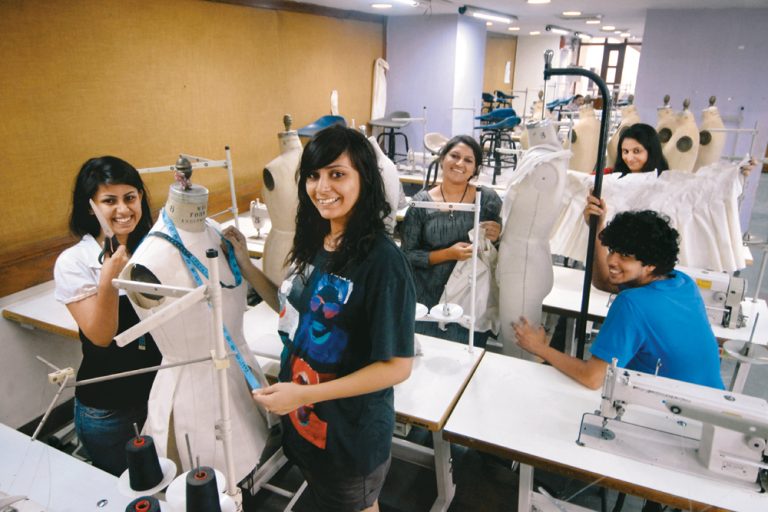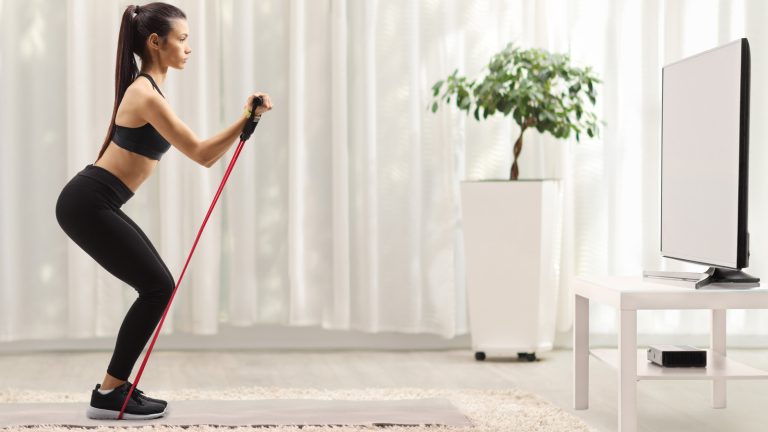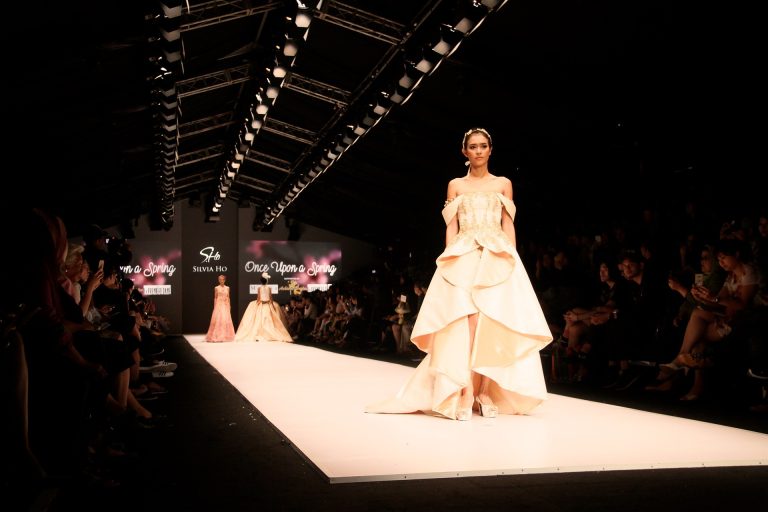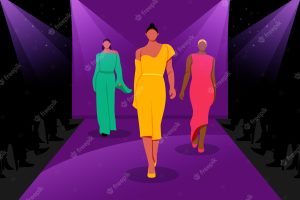Indian fashion has changed with each passing era. The Indian fashion industry is rising by leaps and bounds, and every month one witnesses some new trend or the other. India’s economic growth also had a major impact on fashion trends. The ever increasing purchasing power of the middle class has brought fashion within easy reach of the commoner. Evolving work standards have also increased the scope of fashion in the country as there is a striking need for comfortable clothing during long working hours.
Indian Fashion Trends down the line
To understand how Indian fashion has changed over the years, let us go back to the last century. In the 50s and 60s, the fashion scenario in the country, though not colorless, was exciting, stylish and pretty graceful. Designers, models and fashion design labels were relatively unknown. Back then, the value of a garment was judged by the quality of its fabric and not by who made it.
In the 60s, ladies preferred wearing tight kurtas, high coiffures and churidars. Coated polyester fabric was in vogue during those days. The 70s saw bold colors and bell-bottoms adoring one’s wardrobe. Bell-bottoms were popularized by the leading actors of the generation like Amitabh Bachchan and Rajesh Khanna. By the end of 70s, the disco culture also started affecting Indian fashion.
The opening of the first fashion store Ravissant in Mumbai in the early 80s marked the dawn of a new era in fashion. The Indian population started identifying themselves with designers like Calvin Klein. More designer store options gave Indians a wide variety of choice.
In the 90s, one witnessed the evolution of models and fashion designers who came up with new designs every other day. Garments became more affordable and Indian fashion began to spread its wings globally. With leading ladies like Sushmita Sen and Aishwarya Rai winning international beauty contests, Indian fashion was all set for a huge leap.
Since the last few years, international fashion brands have started tapping the huge potential of the Indian fashion market. Companies like Nike and Reebok have made a mark through their retail store chains in shopping malls. Shows such as Lakme India Fashion Week and Wills Lifestyle India Fashion Week have provided a great platform to new designers to showcase their talent. In these two events, leading Indian fashion designers such as Manish Malhotra, Ritu Beri, Rohit Khosla and others charm the audience with their designs and introduce them to new trends in fashion for the upcoming season.
The west also influenced the evolution of fashion in India. Today, a teenager and an elderly can both be seen wearing a pair of denims. Designers returning after obtaining fashion degrees from abroad have brought a global perspective to the country’s fashion circle. They have also helped to introduce Indian fashion to the west. Indian designer labels are increasingly becoming popular among the global audience. At this rate of growth, the Indian fashion market will be a force to reckon with, on par with the fashion world in Paris if not more.



